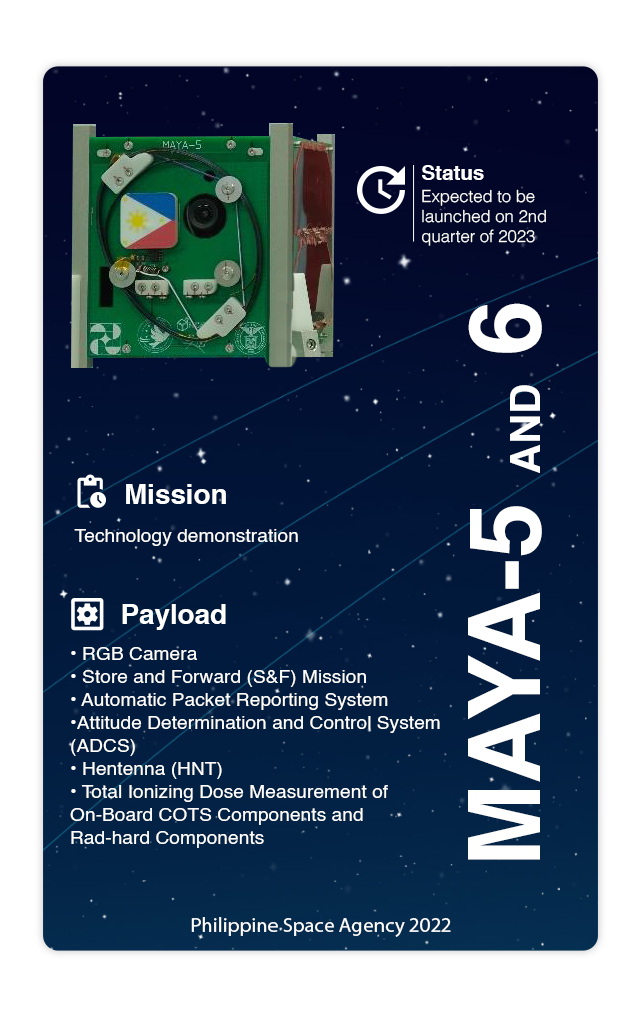

The Philippines has celebrated a major triumph by effectively deploying two cube satellites (CubeSats) of local origin to the International Space Station (ISS) on June 5.
According to a press release from the Philippine Space Agency, the CubeSats named Maya-5 and Maya-6, weighing 1.15 kilograms each, were transported into space aboard SpaceX's Falcon 9 rocket as part of the 28th commercial resupply mission by SpaceX.

Upon release into space, these two CubeSats will commence their journey along an orbit positioned approximately 400 kilometers above the Earth's surface.
The development of these CubeSats was carried out under the STAMINA4Space program, which received support from the Department of Science and Technology (DOST) and was executed by the University of the Philippines Diliman (UP) in collaboration with the DOST Advanced Science and Technology Institute.

Maya-5 and Maya-6 constitute the second pair of CubeSats constructed by Filipino scholars from the University of the Philippines, namely Anna Ruth Alvarez, Joseph Jonathan Co, Ronald Collamar, Angela Clarisse Chua, Chandler Timm Doloriel, Khazmir Camille Valerie Macaraeg, Genesis Remocaldo, and Gio Asher Tagabi.
This successful launch provides an opportunity for local scientists to gain expertise in space technology and hands-on experience in satellite development.
Additionally, it aims to promote the utilization of domestically available components, fabricated circuit boards, and manufactured structural frameworks.
Franz De Leon, the director of the DOST Advanced Science and Technology Institute, expressed his belief that the CubeSats will empower scientists and researchers to innovate new power generation methods, leading to numerous groundbreaking advancements in space technology, not only in the Philippines but also globally.
On the other hand, Dr. Maricor Soriano, the program leader of STAMINA4Space, emphasized the significance of locally manufactured satellites in fostering sustainability in space science and technology advancement.
“Building our own CubeSats and innovating together with local companies should pave the way for a space tech industry base. It is up to all three entities, government, academe, and industry, to collectively sustain this,” she said.
However, the journey does not end here, as the next nanosatellite, Maya-7, is currently under development through a project initiated by the Philippine Space Agency.
The first CubeSat, named Maya-1, was launched on June 29, 2018, and completed its mission on November 23, 2020.
Since then, three additional satellites have been launched, marking significant progress in the country's space exploration endeavors.




